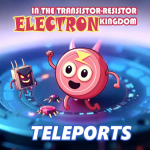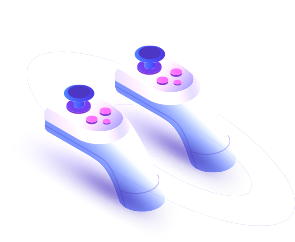Inductors: Generating Magnetic Fields and Interacting with Electrons
07 Oct 2024

Inductors (or chokes) are passive electronic components that store energy in the form of a magnetic field when an electric current flows through them. They play an important role in controlling and stabilizing electrical signals in AC circuits, as well as in signal transmission and processing systems. Let's take a closer look at how inductors create magnetic fields and interact with electrons.
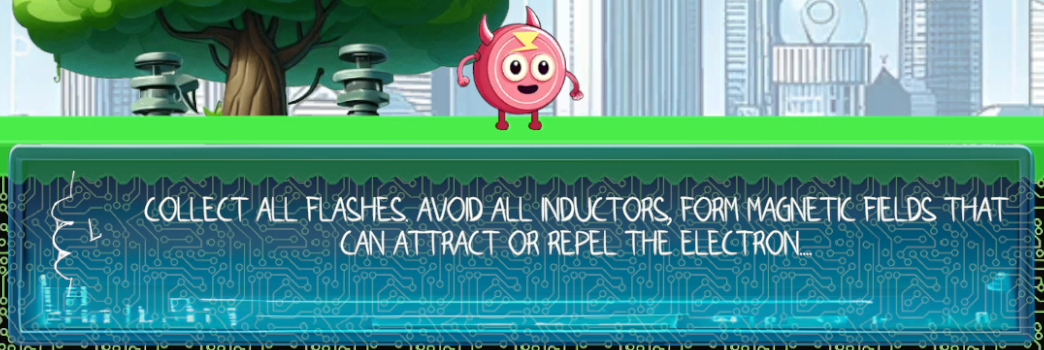
1. How an Inductor Works
An inductor is usually a coil, with or without a core. When an electric current passes through the coil, a magnetic field is created around it. This field has important properties:
Magnetic Field Generation: When an electric current passes through a coil, each turn creates a magnetic field, and all the turns together form a total magnetic field around the coil. The more turns and the stronger the current, the stronger the magnetic field and the more it repels the player.
Electromagnetic Induction: A change in the current in a coil causes a change in the magnetic field, which in turn induces an EMF (electromotive force) in the coil itself or in nearby conductors (according to Faraday's law of electromagnetic induction). This property is used, for example, in transformers and generators.
2. Interaction of the magnetic field with the Electron-Player
Electron and magnetic field: Electrons moving along a conductor create a magnetic field, and this same magnetic field acts back on them. In an inductor, when the magnetic field is strengthened or weakened, it affects the movement of electrons, creating an opposing voltage (self-induced EMF).
The magnetic field of a coil always tends to resist a change in current passing through it. This is explained by Lenz's law: the induced voltage is directed so as to oppose the change in current that caused it. This property is manifested, for example, in circuits with abrupt switching on and off of the power supply, where the inductor slows down the change in current.
3. Attraction and repulsion of the Electron-Player
Although inductors do not directly attract or repel electrons, they affect their movement by creating and changing magnetic fields:
Opposition to a change in current: When the current changes, the coil creates an EMF that opposes this change. If the current increases, the coil "attracts" the electrons, reducing their speed. If the current decreases, the coil "repels" the electrons, trying to maintain their movement.
The effect of self-induction: When the current changes, a voltage appears in the coil opposite in direction to the change in current. This voltage counteracts the rapid change in the movement of electrons, which manifests itself as inertia in the electric circuit.
4. Types of Inductance:
Inductance coils (inductances) come in different types depending on their design and application. Here are the main types of inductance coils:
Coreless coils - coils that do not have a core, and the winding wire is wound in air. Such coils have low inductance, but high stability and are used at high frequencies.

Iron-core coils - a soft iron or steel core that enhances the magnetic field and increases inductance. They are used in low-frequency circuits and transformers.
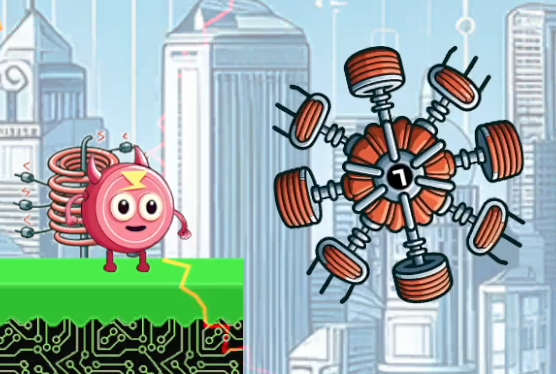
Ferrite-core coils - ferrite materials are used as a core to increase inductance at high frequencies while reducing energy loss. Often used in filters and pulse circuits.

Toroidal coils - the wire is wound around a toroidal (ring-shaped) core, which reduces electromagnetic losses and improves efficiency. They are used in radio engineering and pulse power supplies.
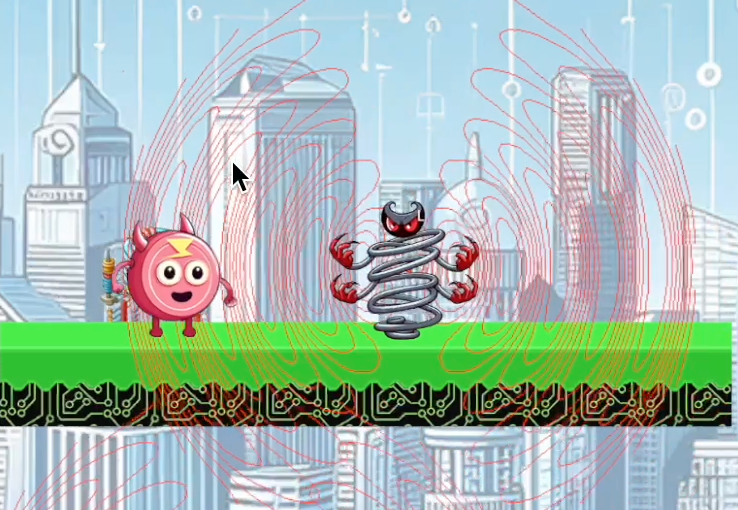
Chokes are special coils designed to suppress high-frequency interference in electrical circuits. They come with or without a core.
Coils with a variable core - the core can be moved, thereby changing the inductance of the coil. They are used to tune the circuits of radio receivers and generators.
Microinductors are miniature coils used in electronic devices such as mobile phones and computers.
Each type of coil finds its application depending on the requirements for inductance, operating frequency and circuit power.
5. Application of inductors and their effect on circuits
Signal filtering: In AC circuits, inductors are used to filter high-frequency interference. They create resistance to high-frequency signals, reducing their amplitude.
Player Repulsion: When a player approaches an inductor, the player is repelled by the magnetic field.
Voltage Smoothing: In power supplies, chokes (inductors) help smooth out the ripple in the output voltage, turning it into a more stable voltage.
Resonant Circuits: When combined with capacitors, inductors form resonant circuits that can be tuned to specific frequencies. This is used in radio transmitters and receivers.
6. Examples of Uses of Inductors
Transformers: Consist of two or more inductors wound on a single core. The magnetic field created by one coil (the primary) induces a voltage in the other coil (the secondary), allowing energy to be transferred between circuits.
Chokes: Used in power supplies to filter and smooth out current ripple.
Used in unique games like Electron in the transistor-resistor kingdom.
Relays and solenoids: Inductors that can create movement of mechanical parts when an electric current is applied to them are used in automation and control.
7. Precautions when working with inductors
Inductive spikes: When the current through an inductor is suddenly switched off, a high voltage spike can occur, which can damage other components in the circuit. Therefore, diodes or varistors are often placed in parallel with the inductor for protection.
High voltage: Transformers and chokes can produce high voltages, especially during sudden changes in current, which requires careful handling and insulation.
8. Recommendations for working with inductors
Studying the characteristics: Before using inductors in a circuit, it is important to know their ratings (inductance, permissible current) and frequency characteristics.
Using snubber networks: Snubber networks (with resistors and diodes) should be used to suppress high voltage spikes that may occur when the circuit is switched off.
Placing coils: Inductors can create noise and affect the operation of adjacent components. Therefore, their placement on the board should take into account possible electromagnetic interaction.
Inductors play an important role in controlling and stabilizing electrical circuits by generating magnetic fields and interacting with the currents in the circuit. Although they do not attract or repel electrons in the direct sense, their magnetic fields do affect the movement of electrons and create a resistance effect to changes in current, which is important to consider when designing and operating electrical circuits.
Related games
Electron in the transistor-resistor kingdom
Game: Perform tasks and rest cool. 2575 people play!
Play gameRelated news
Online broadcast about the game Electron in the Transistor-R...
broadcast about the game Electron in the Transistor-Resistor Kingdom
Read morePlatforms in the game Electron in the Transistor-Resistor Ki...
Platforms are the basic game elements in the platformer genre. They are surfaces or objects on which the player can move...
Read moreTeleport as a device for moving matter in space and time
This is a high-tech device that can instantly move a player from one point in the game world to another using plasma tec...
Read more

